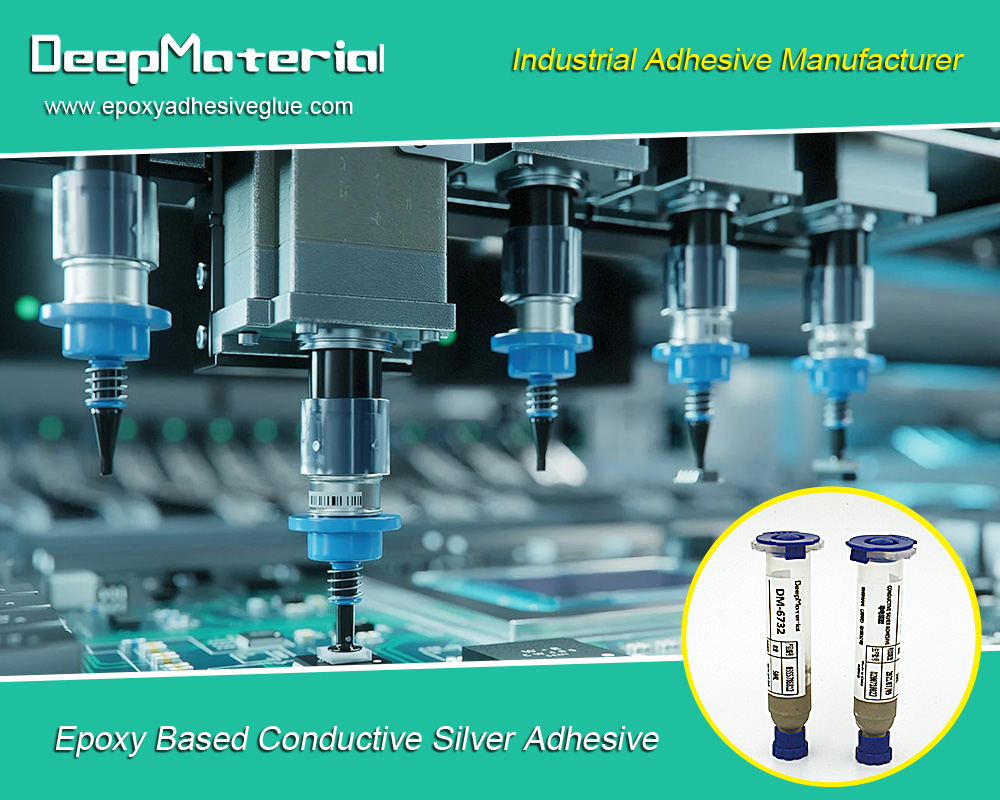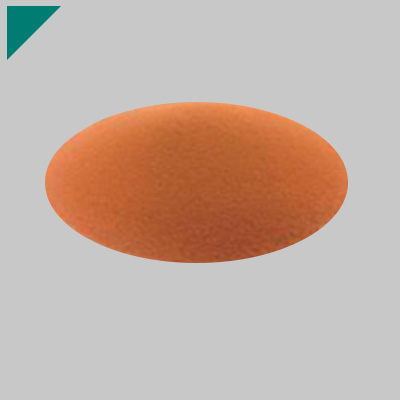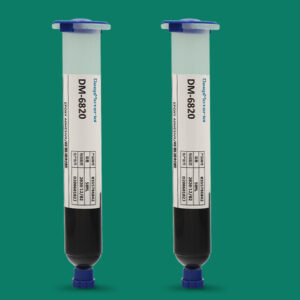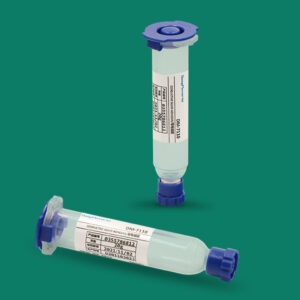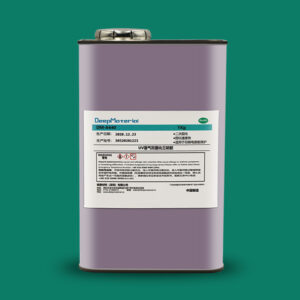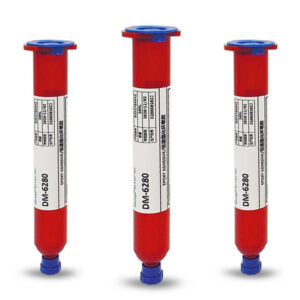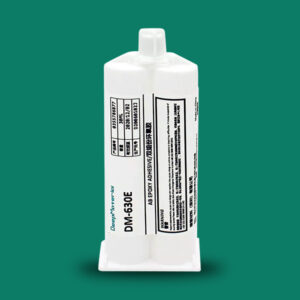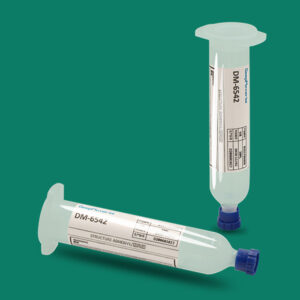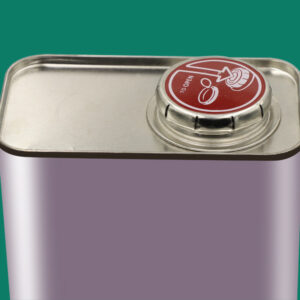How to find the right chip bonding adhesive for smart card chip and microchip
How to find the right chip bonding adhesive for smart card chip and microchip
In flip chip mounting, the chip has to be inverted so that the adhesive is in contact directly with the circuit board. This allows smaller chip assembly as well as direct signal density. In chip assembly, we can use electrically conductive adessives to act as a replacement for solder where temperature-sensitive components need to be used.
To facilitate finer tolerances that are needed in flip chip assembly, there has to be abstract inductive adhesives used. They need to be applied with wafer backside coating. The application can be made directly to the carrier as well. Anisotropic adhesives should be used when closely spaced pads have a short circuit concern.
Underfill materials are usually engineered specially to fill the areas in between the carrier and the die to control stress that occurs due to thermal encapsulation. Thus acts as a bridge to ensure that the chip stays cool.
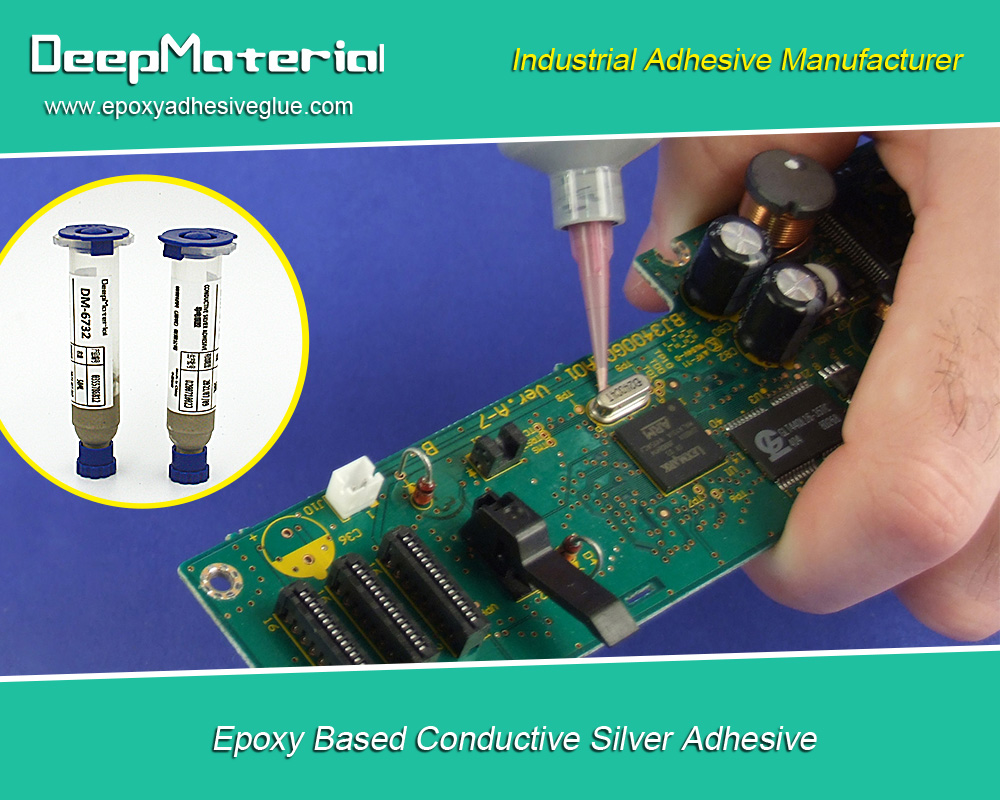
RFID Bonding
This is bonding a chip to a tag or RFID tags to items. RFID stands for radio frequency identification that is in RFID tag form. It includes an antenna and a microchip that gives a frequency that is reader detected. The use of tags is quite popular today, and they can be found in ticketing, transport cards, entry fobs, security tags, library books, ski passes, and bank cards. Even in rugged applications like tool tracking, inventory management/logistics, medical equipment tracking, and vehicle tracking, RFID bonding can be used.
The passive tags don’t have batteries. The reader supplies the power instead. There is usually a coiled antenna forming the magnetic field from which the power is drawn. When powered, the radio waves are then emitted. They can be reader detected with information which can then be fed to computers.
The applications available for RFID bonding
There are various applications where adhesives need to be used within the RFID area. Chip adhesives or bonding flip chips to tags is done using epoxy adhesives. In some cases, you may need an adhesive that is electrically conductive. In such a case, you can opt for silver-filled options.
There are also instances where anisotropic adhesives may be needed. The adhesives are conductive in a single axis but offer the best electrical resistance in the other direction.
Pressure-sensitive options may be needed in the basic tags. A good example is those that are found in library books and on consumer goods. They appear as stickers at the back and can be taken off through peeling and reattached. These items are practical and quick, and labels don’t have to be durable.
Bonding to items
Apart from the simpler items, there are some instances where permanent bonding is needed. This includes medical devices, vehicles, tools, and equipment. Different chip adhesives can be used, but this mainly depends on the applications and preferences. Some of the options include:
- Cyanoacrylates: they offer users a fast cure in seconds.
- Structural acrylic options: they are popular adhesives and offer a fast cure and high peel strength. They are resistant to the environment as well
- Epoxy adhesives: with epoxy, you get resistance to high temperatures, chemicals, and water. Some grades are autoclaving resistant, making it a good choice for RFID chip bonding to medical devices.
Encapsulation and bonding offer the best tamper proofing and environment resistance to protect the chips.
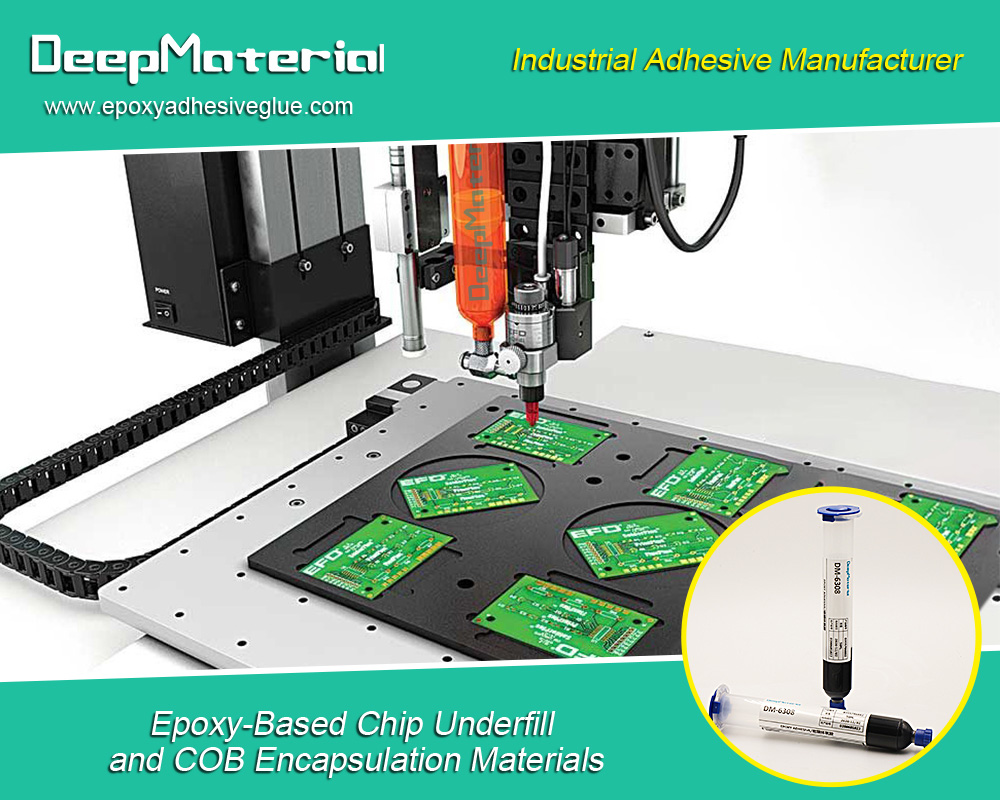
At DeepMaterial, you find different chip adhesives and custom formulations. This means you can find a product that matches your application without much difficulty.
For more about how to find the right chip bonding adhesive for smart card chip and microchip,you can pay a visit to DeepMaterial at https://www.epoxyadhesiveglue.com/product/epoxy-underfill-chip-level-adhesives/ for more info.


